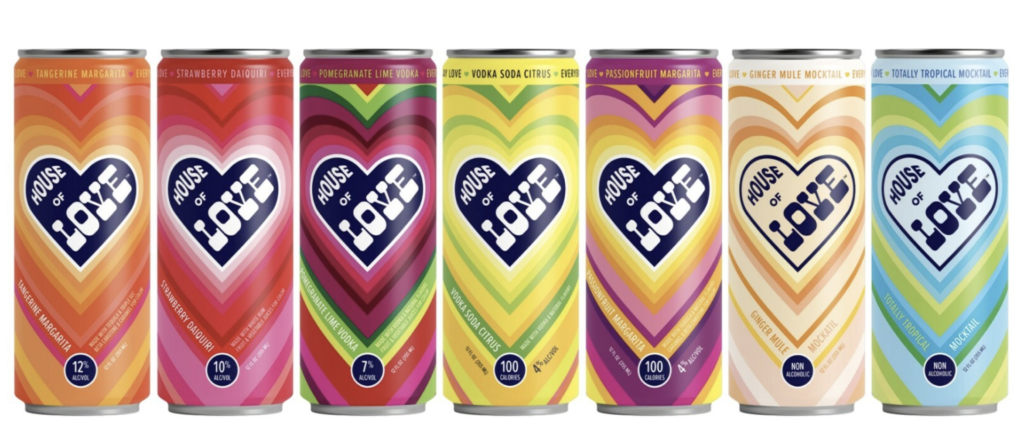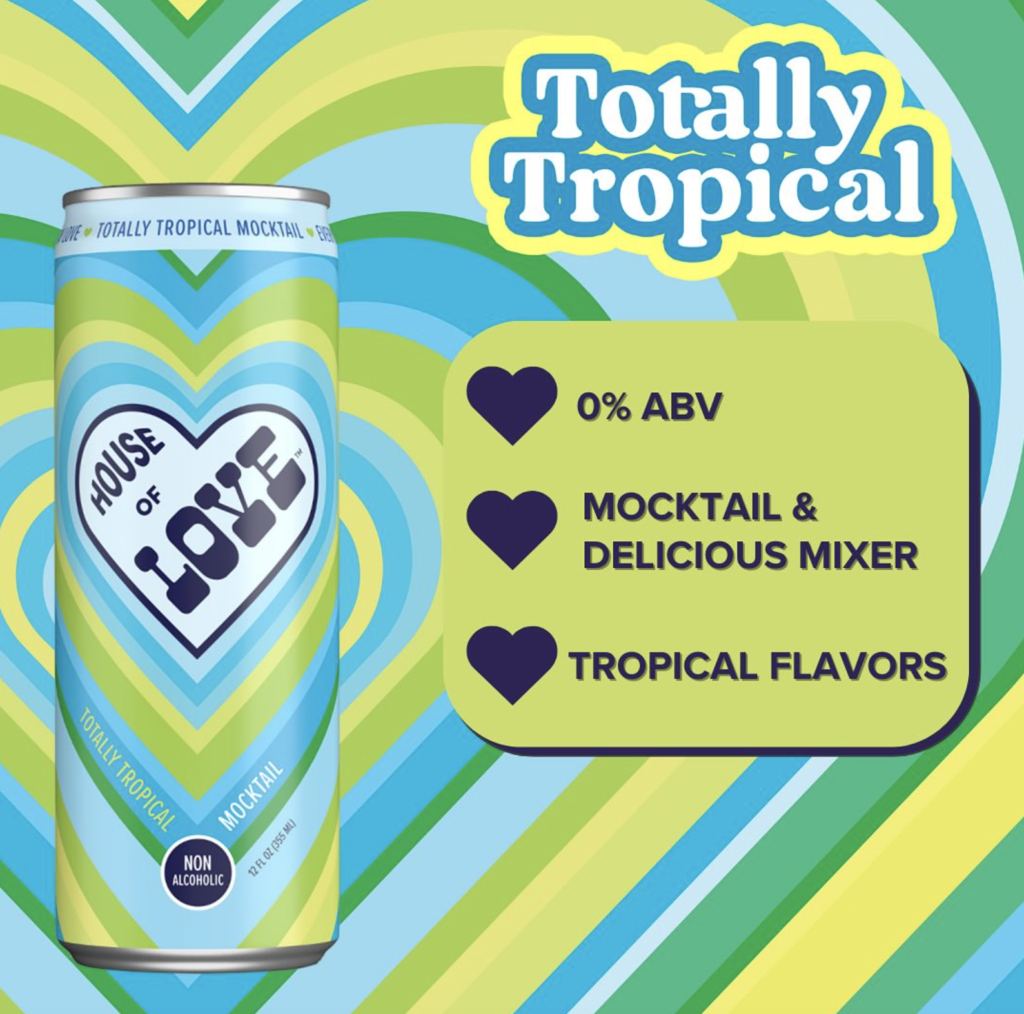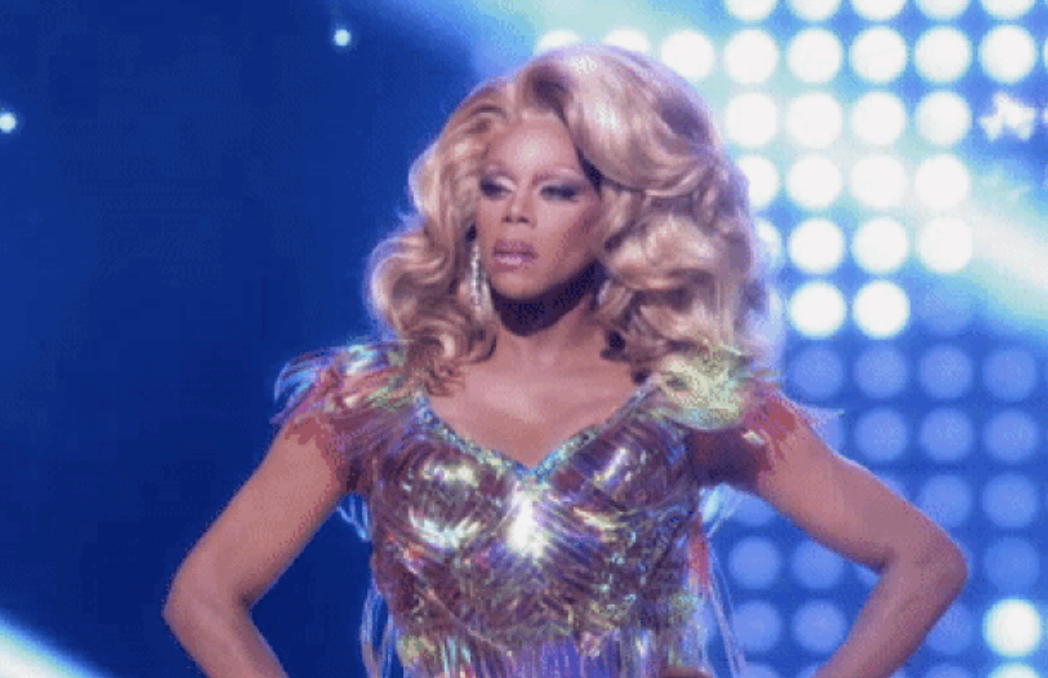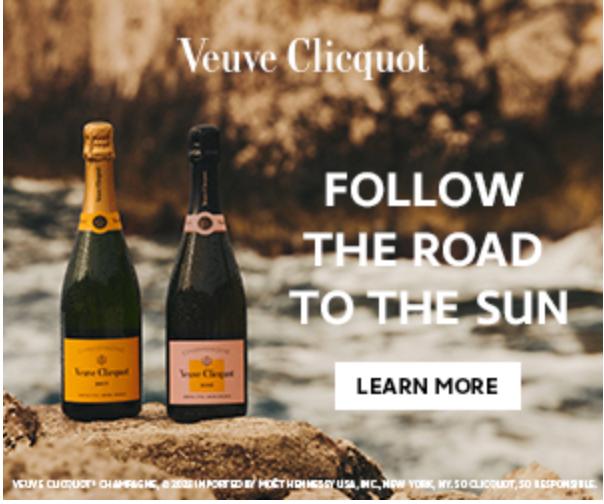RuPaul gets ‘Dry and Dirty’ this January with HOUSEOFLOVE Cocktails, Canned Mocktails
World Of Wonder and RuPaul Unveil New HOUSEOFLOVE Premium Canned Mocktails AND Cocktails for a ‘Dry and Dirty’ January
World of Wonder and RuPaul, the multiple Emmy-award winning team behind the “RuPaul’s Drag Race” global franchise, are serving up three new flavor additions to the HOUSEOFLOVE premium canned cocktail and mocktail line.

Inspired by RuPaul’s culture-shaping “Drag Race” franchise
Inspired by the culture-shaping “Drag Race” franchise, the new HOUSEOFLOVE cocktails and mocktails are launching this month, January 2024, just in time for Season 16 of RuPaul’s Drag Race.

The new flavors include two low ABV, 100 cal selections alongside a 0% ABV mocktail to serve the growing demands driven by Gen Z and millennial consumers. The non-alcoholic sector is expected to grow to $30 billion in 2025, according to Global Market Insights.
HouseofLove Cocktail Flavors
In true Drag form, the brand is debuting its beverages with a “dry and dirty campaign,” bringing irreverence into the wellness trend with a line up of mouthwatering new flavors.
Vodka Soda Citrus
Vodka Soda Citrus: This perfect vodka soda, bursting with citrusy goodness, is made with premium vodka, lime juice, and natural flavors. (100 cal, 4% ABV)
Passion Fruit Margarita
Passion Fruit Margarita: Made with Authentic Tequila and natural Passion Fruit flavor, this margarita pairs well with tropical vacations, forgetting your ex-boyfriend, and nights out with your best Judys. (100 cal, 4% ABV)
Totally Tropical Mocktail
Totally Tropical Mocktail: This tropical mocktail, featuring natural guava, passion fruit, and citrus flavors, is the one – totally. Best paired with valley girl energy and long walks on the beach. Ru’s new HOUSEOFLOVE fav!

“We are pleased as punch to provide even more delicious offerings from the HOUSEOFLOVE!…”
“…After selling out the product at DragCon LA, we wanted to meet the demand for both mocktails and lower-calorie options. HOUSEOFLOVE pairs best with season 16 of RuPaul’s Drag Race – cheers!” said World of Wonder co-founders Fenton Bailey and Randy Barbato.
HOUSEOFLOVE Cocktail Love
Built on the cult following of the brand, HOUSEOFLOVE will be debuting and sampling flavors at RuPaul’s Drag Race viewing parties and bars across NY, NJ, LA, Chicago, Vegas, and available for purchase at local retailers.
HOUSEOFLOVE cocktails and mocktails are available for purchase in fine liquor stores in major markets across the US, and direct to consumer at houseoflovecocktails.com.
About World of Wonder
World of Wonder (WOW) has reshaped international pop culture, earning 30 Emmys, inspiring two Oscars, creating global network WOW Presents Plus across 190 territories, and bringing drag culture to the world stage via RuPaul’s Drag Race and DragCon.
WOW’s pioneering television portfolio includes other smash-hit franchises like Million Dollar Listing. Their film division WOW Docs produces groundbreaking documentaries including Mapplethorpe: Look at the Pictures, Party Monster, and The Eyes of Tammy Faye.
WOW also operates YouTube channel WOWPresents, music label World of Wonder Records, the WOW Podcast Network, and year-round international live events. Co-founders Fenton Bailey and Randy Barbato have been profiled in Variety’s Reality TV Impact Report and Hollywood Reporter’s Most Powerful Producers in Unscripted.
Honors for their trailblazing work include the IDA Pioneer Award, Realscreen’s Global 100 list, Banff’s Impact Award, and the OUT 100. In 2022, World of Wonder was ranked #2 among film and TV powerhouses in Fast Company’s World’s 50 Most Innovative Companies.



